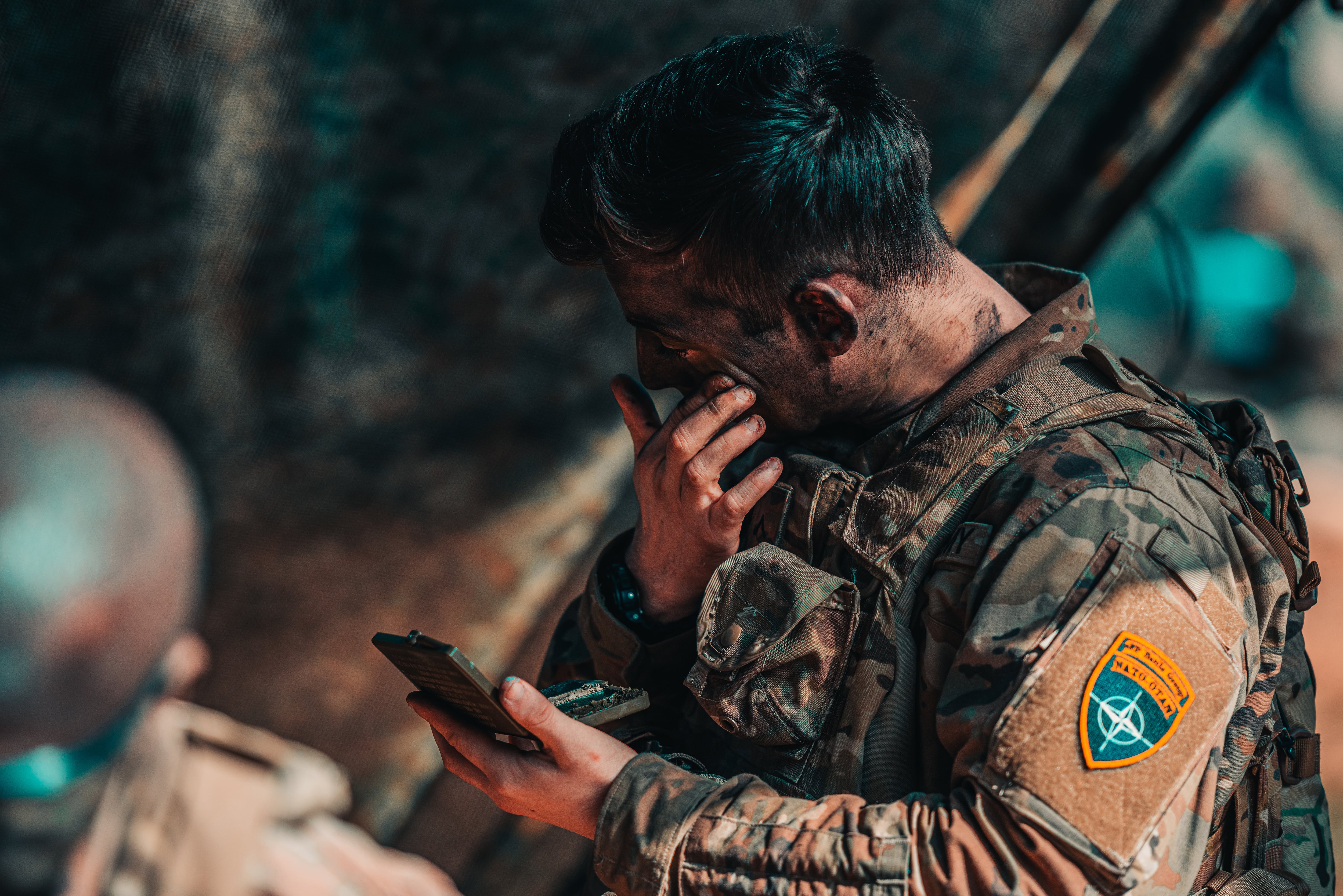The Army keeps battalions’ worth of armored equipment stored in countries like Germany, Belgium and the Netherlands, as it has since the Cold War era.
Now that it has come out of storage for the first time ever ― to support 3rd Infantry Division troops deployed in response to Russia’s invasion of Ukraine ― the Defense Department’s inspector general wants a report on how it’s being maintained and accounted for.
As part of an evaluation set to begin in June, the IG will meet with representatives from U.S. European Command and U.S. Army Europe and Africa to get a better idea of processes for keeping the equipment in service and plans for repairing and possibly replacing it as it gets used in support of NATO.
The review comes as the war in Ukraine barrels toward its fourth month, with more than 10,000 U.S. troops deployed across eastern and central Europe. While the discussion of increasing the number of troops permanently based in Europe ― around 80,000 ― has been in the air for years, the war in Ukraine has thrown into stark relief the need for both the U.S. and NATO countries to rethink where forces are based.
NATO Secretary General Jens Stoltenberg previewed the possibility of not only more troops, but more pre-positioned equipment, in Europe during a press conference in Brussels.
“This will mean more presence, more capabilities, and higher readiness, with more NATO forward deployed combat formations to strengthen our battle groups in the east,” Stoltenberg said Wednesday. “More air, sea and cyber defenses, pre-positioned equipment and weapon stockpiles. And a new force model, with more forces at higher readiness, and specific forces pre-assigned to the defense of specific allies.”
RELATED

The moves would be part of a new strategic concept to be announced later in June at another meeting, in Madrid.
How much of that will include U.S. troops or equipment is still up in the air, as Defense Secretary Lloyd Austin said in his own press conference on Thursday that he had no announcements to make.
The U.S. approach in the past few years has been to deploy back-to-back rotations of troops, to train and exercise with Eastern European allies, bringing its own equipment while stockpiles remain on-call for emergency deployments.
Army Gen. Mark Milley, chairman of the Joint Chiefs of Staff, told lawmakers in April that he favored a compromise in which troop housing and facilities could be built to support rotational forces, but not the type of setup that would include bringing families.
“My advice would be to create permanent bases, but don’t permanently station,” he told the House Armed Services Committee on Tuesday. “So you get the effect of permanence by rotational forces cycling through permanent bases.”
Meghann Myers is the Pentagon bureau chief at Military Times. She covers operations, policy, personnel, leadership and other issues affecting service members.








